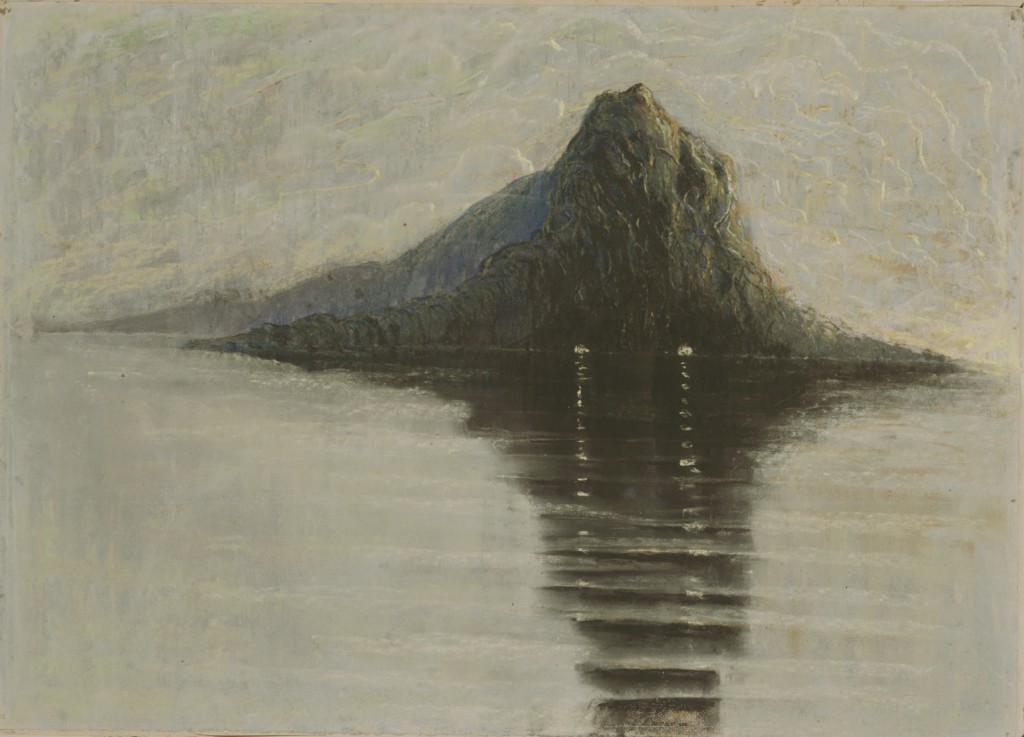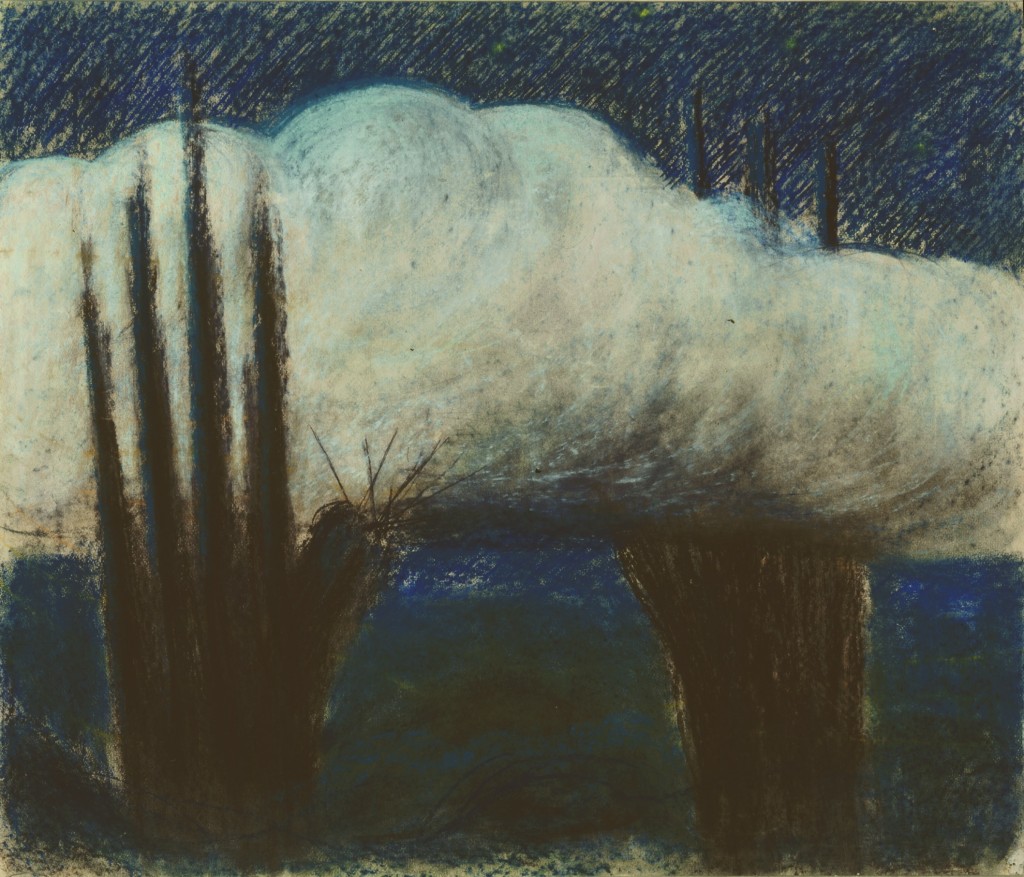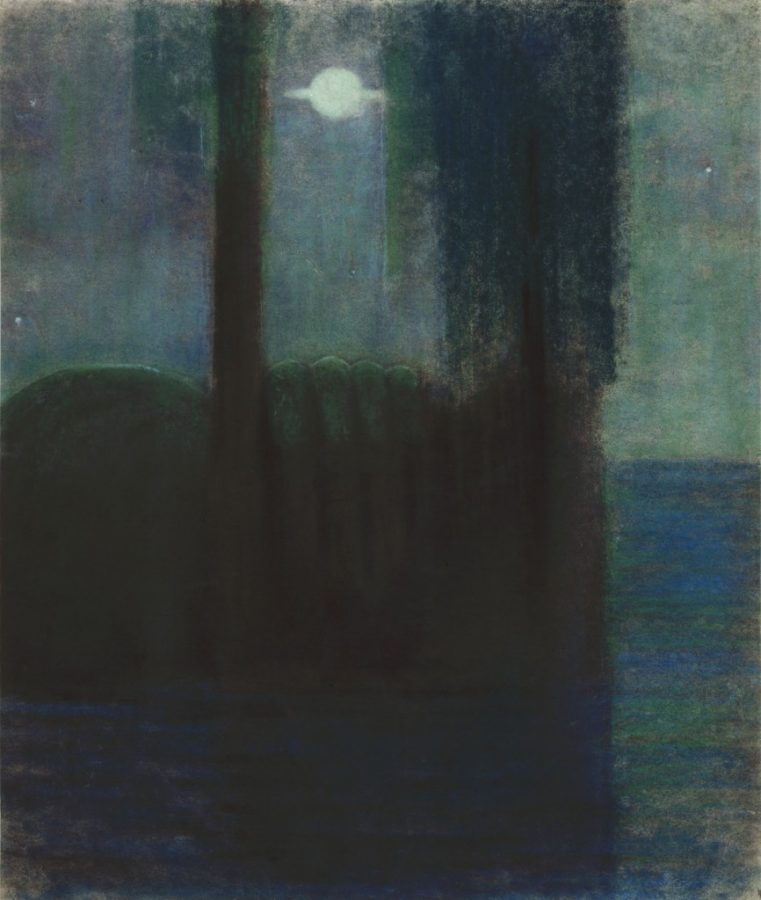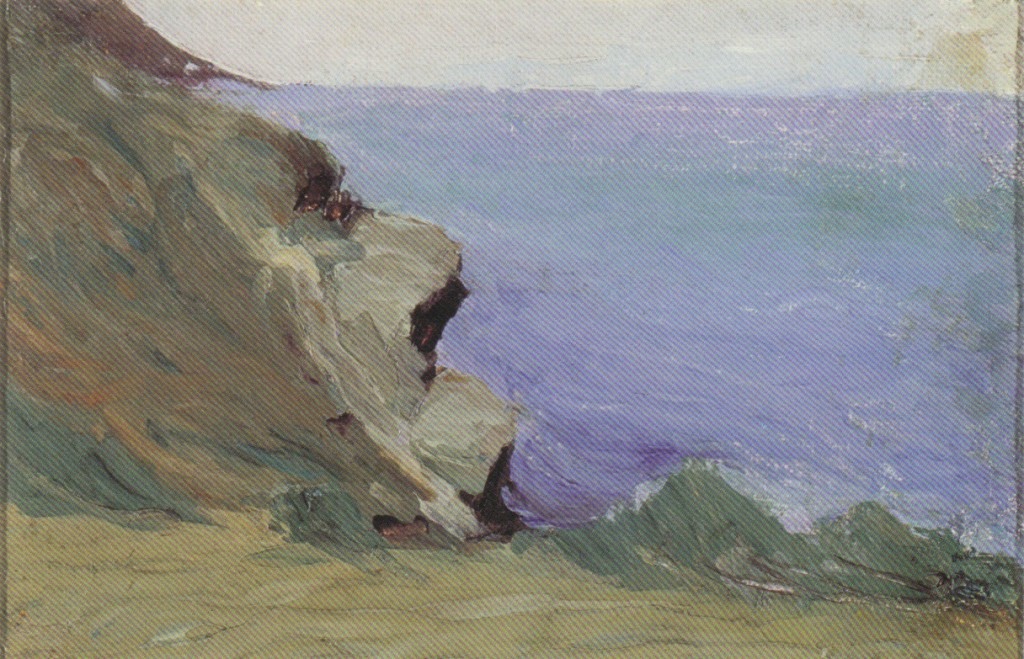10 Iconic Floral Still Lifes You Need to Know
Flowers have long been a central theme in still-life painting. Each flower carries its own symbolism. For example, they can represent innocence,...
Errika Gerakiti 6 February 2025
What’s nature like outside your window today? Is it calm and relaxing, or maybe there’s a frightening storm swaying the trees? Perhaps you are sitting in a cozy chair as the tree branches tap your window, tapping as if they were human… Mikalojus Konstantinas Čiurlionis (1875-1911) was particularly known for giving life and humanity to nature in paintings.
This article was written in cooperation with M. K. Čiurlionis National Art Museum.
Čiurlionis loved nature and was always known to be out on walks in the native forests of Druskininkai, Lithuania, for his inspiration. Combine that with his interest in Lithuanian folklore, where nature is usually an active companion (talking trees, rivers), you can get a sense where Čiurlionis might have gotten the idea to portray nature the way he did. Look at the paintings below to find out how nature breathes, moves, and, in some instances, lurks for the viewer.

A lot of people choose to spend time in nature to relax, to feel serene. But like a lot of horror movies have taught us, this peace in nature, this serenity, can be deceptive, and the surrounding peace can soon become suffocating.
Mikalojus Konstantinas Čiurlionis explored the deceptiveness of the serenity of nature in this painting and how peace, at some points, can bring more stress than calm. This is probably due to the painter’s psychological state: he would often suffer from depressive episodes where he would not paint at all and just feel trapped in one place.
The trapped and deceptive feeling unfolds beautifully yet eerily in the painting Serenity. At the very first glance, the painting seems like an island with two fires, perhaps two fishermen are sitting there and catching fish. But the more you spend time with this painting, the more it becomes eerie. The island slowly turns into a beast who is lurking right at you. The rippling water makes it seem like the monster is about to follow you as you move away from the painting.
Mikalojus Konstantinas Čiurlionis has created an intriguing study of how nature changes throughout the 24 Hour Cycle. Unfortunately, the painting Morning does not exist anymore, but the remaining three paintings offer a glimpse at how nature repeats its cycle daily.

From the first painting in the cycle – Day, we already see the importance of hands. It’s as if Čiurlionis enables nature by giving it hands to show what it wants to say. Another very important feature is how nature on the ground connects to the sky, or clouds in this case.
When looking at the painting Day, you can see that the clouds mirror what is happening on Earth. There is a face and two hands – one with a pointing finger, formed out of the scenery and you can see the same image flipped horizontally made from clouds. It seems like the Day creature is rising from its slumber, ready to get on with the day.

In the second painting in the cycle, Evening, the colors become much darker: as in nature, the sun is setting so the shadows grow longer and the landscape becomes gloomy. As in Day, you can see hands, this time formed from tree stumps, which are holding a huge cloud. Perhaps these hands are helping the cloud to move away or maybe they are here to help cover the sun and cast even more shadows on the ground.

Lastly, in Night, it seems like something is awakened by the disappearance of the sun and the appearance of an unnamed planet (it could be Saturn because of the rings). Even though this painting is earlier than Serenity, while viewing these Čiurlionis paintings, you could make a possible connection. The nocturnal beast seems to be climbing out of water – perhaps it will turn into the same one whose glowing eyes we have seen before?

Whenever we come across beautiful scenery, we just want to stay there for a while and take in the view. Especially before cameras were in everyone’s pocket, you would stand for as long as you could so you could form a perfect mental image that you could access at any time and relive it.
This feeling of wanting to stay and relive the past, while not knowing what the future holds could be what the artist tried to show here (sadly, no explanations of this painting were left). At the first glance, especially if you are far away, it seems like an old woman’s profile, looking at something on the horizon. As you move closer, the mirage of an old woman’s face disappears and you see just a cliff by the sea. Knowing that the past and its legends, as well as travels, were very important to Čiurlionis, perhaps this is how he decided to combine the two: the old woman, representing everything that was, looking onward to the horizon and possible travels – the symbol of what will be. And the viewer stays in the present, taking in both of these views at once.

If you look at the left half of the painting while squinting, what do you see? Chances are, you don’t see trees – you see people, royalty with crowns who came together to discuss an urgent matter.
The topic of the forest is very important in Lithuanian folklore, it and its trees are usually wise characters who need help or who advise the heroes of the stories. So it’s no wonder that the forest comes alive as royalty in this Čiurlionis painting. Look at the three single trees on the right side. These must be the leaders of the meeting that the other trees are following.
Also, take note that the meeting is happening at night. When the sun is gone and stars are shining, it is said that magical things can happen. And what is more magical than a meeting of trees?
The theme of nature is quite common among many artists and Čiurlionis is no exception. But you will not find many traditional landscapes in his portfolio – he spices up his creations with a touch of magic and fantasy, probably because of his interest in folklore and fairy tales. This gives us an extraordinary look at nature through the mind of Čiurlionis – how from a passive background it becomes the center, a magical character of its own.
For more information about Čiurlionis, you can visit the National M. K. Čiurlionis Museum of Arts.
Guest Author’s bio:
Greta Katkeviciene is an employee of M. K. Čiurlionis National Museum of Arts, with a goal to introduce the undiscovered genius that was M. K. Čiurlionis to the world.
DailyArt Magazine needs your support. Every contribution, however big or small, is very valuable for our future. Thanks to it, we will be able to sustain and grow the Magazine. Thank you for your help!